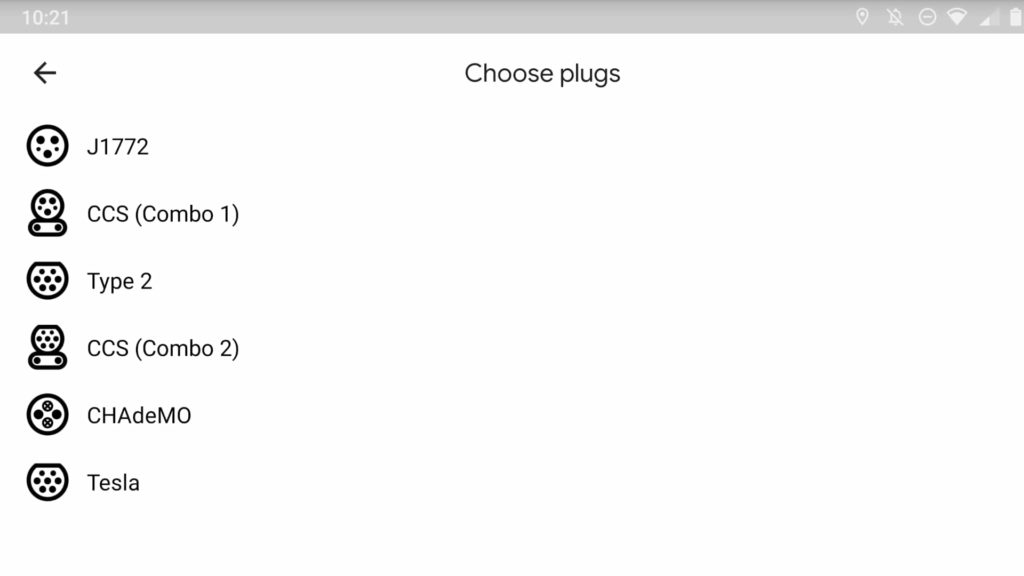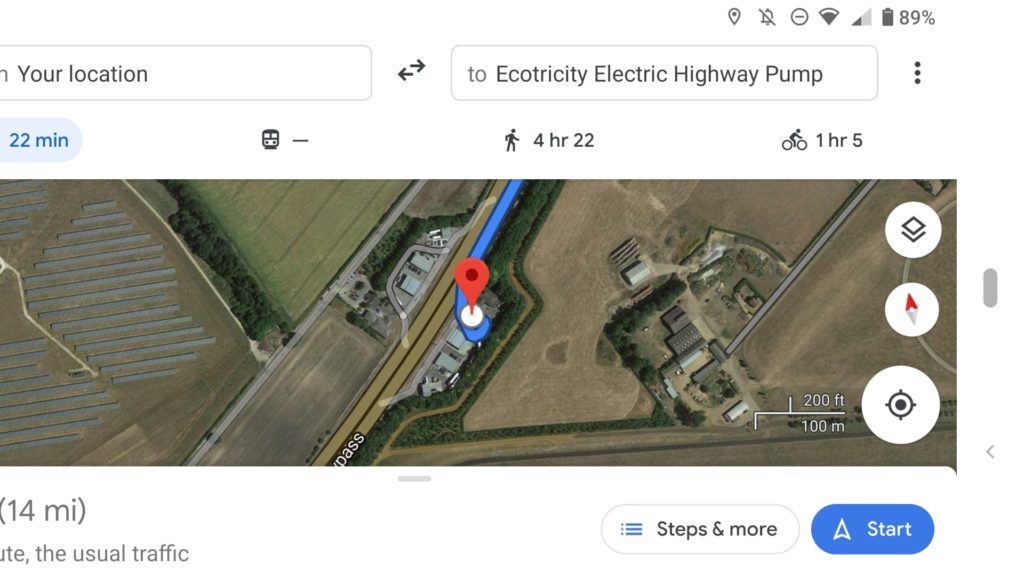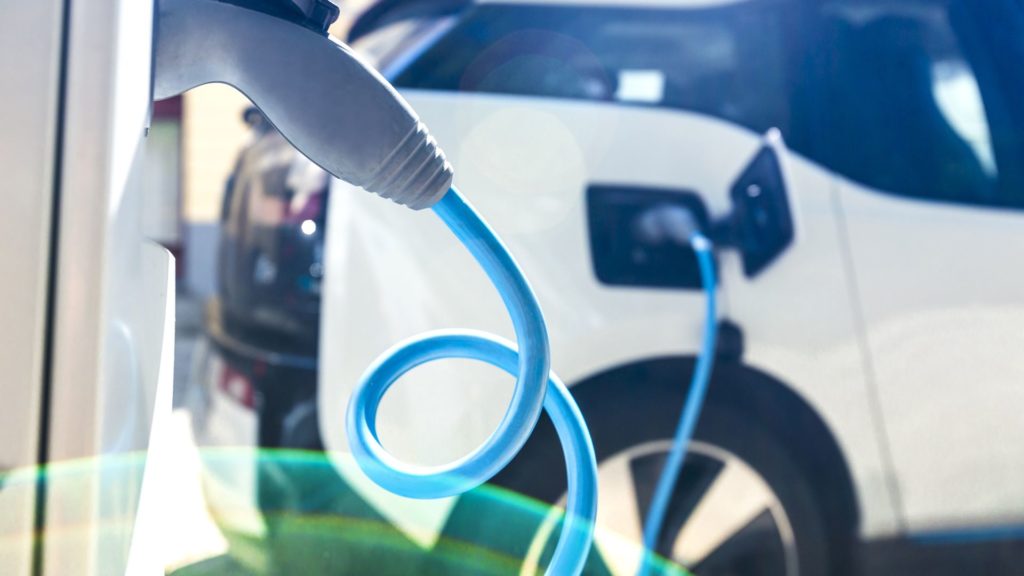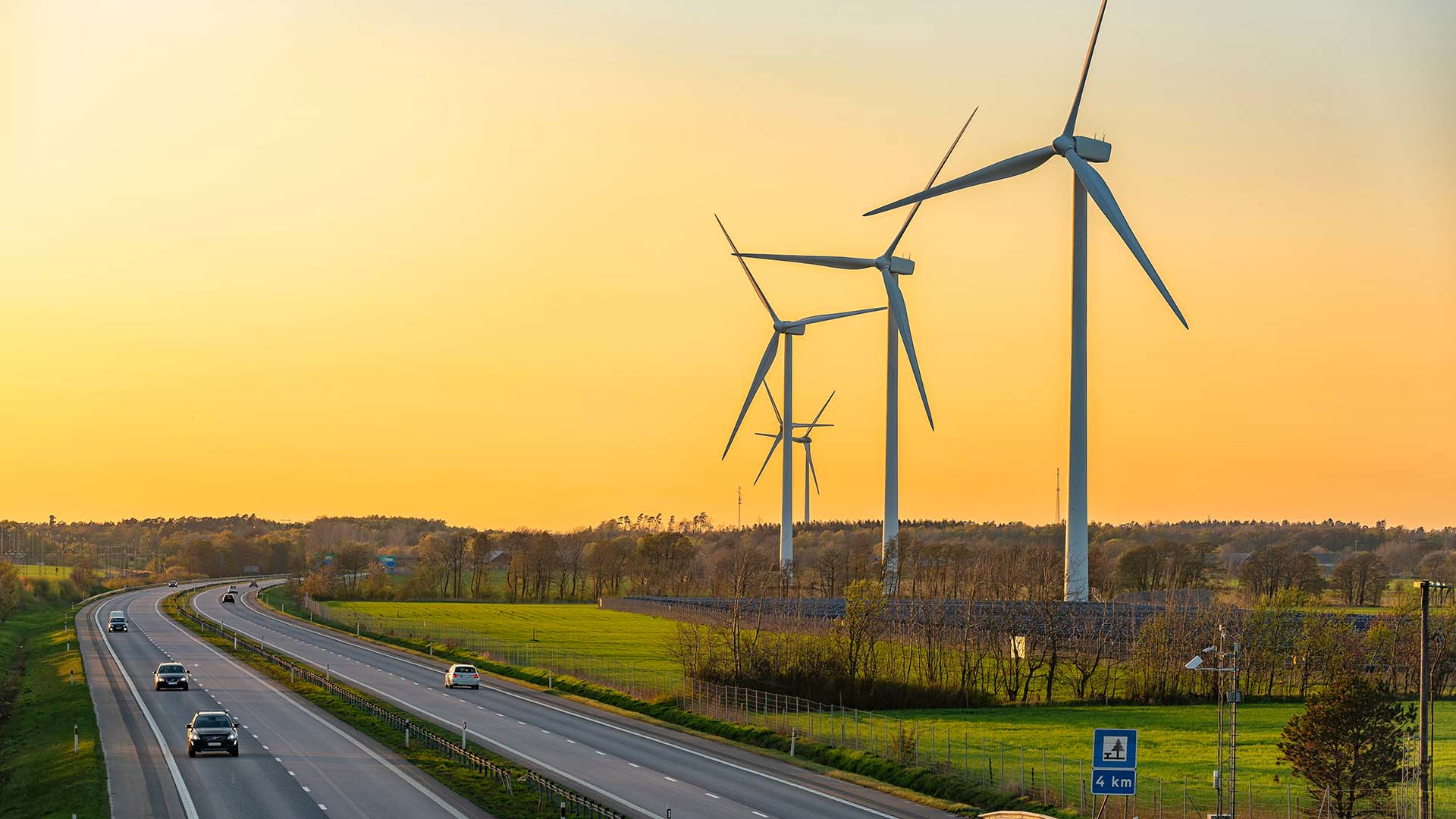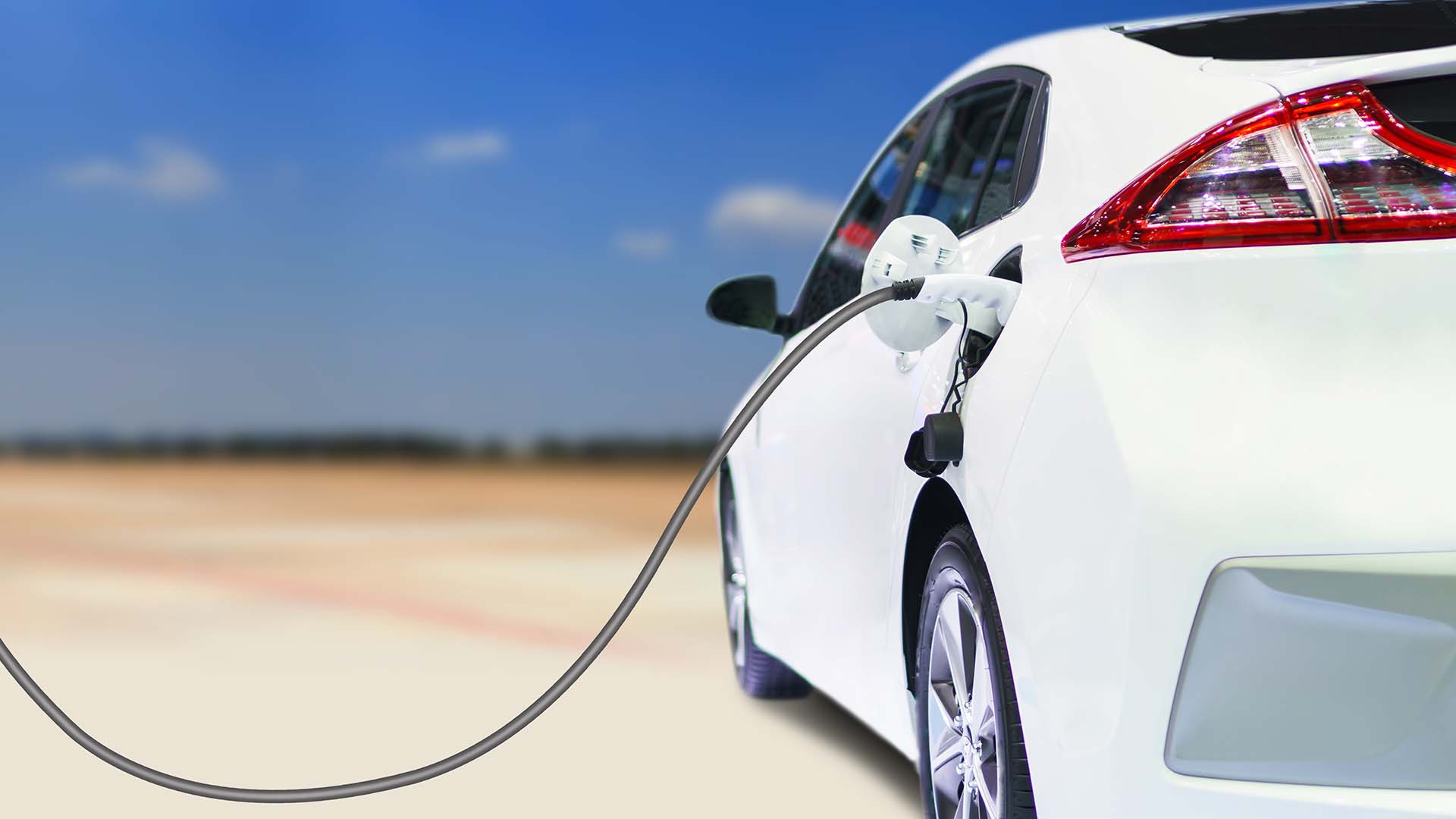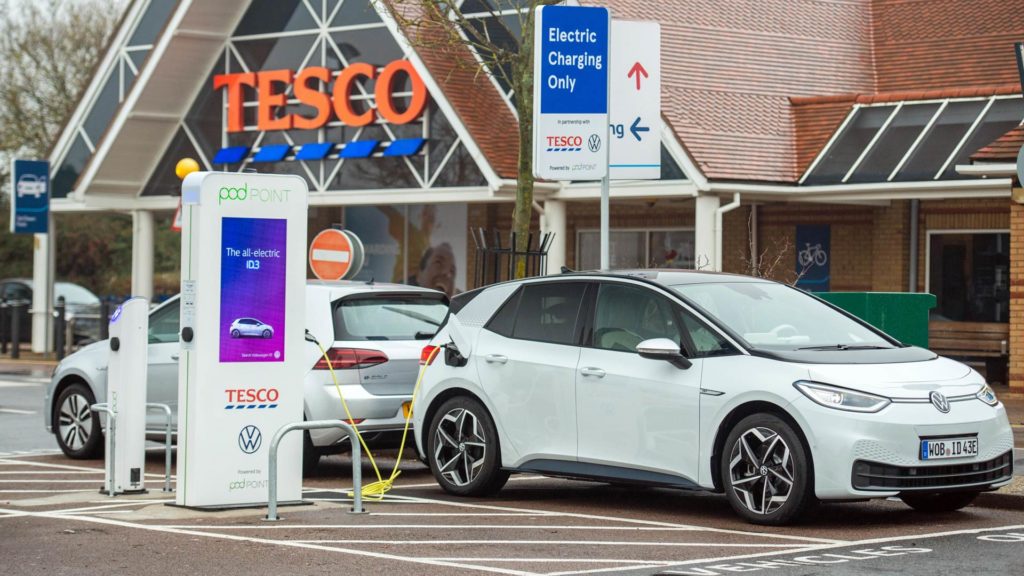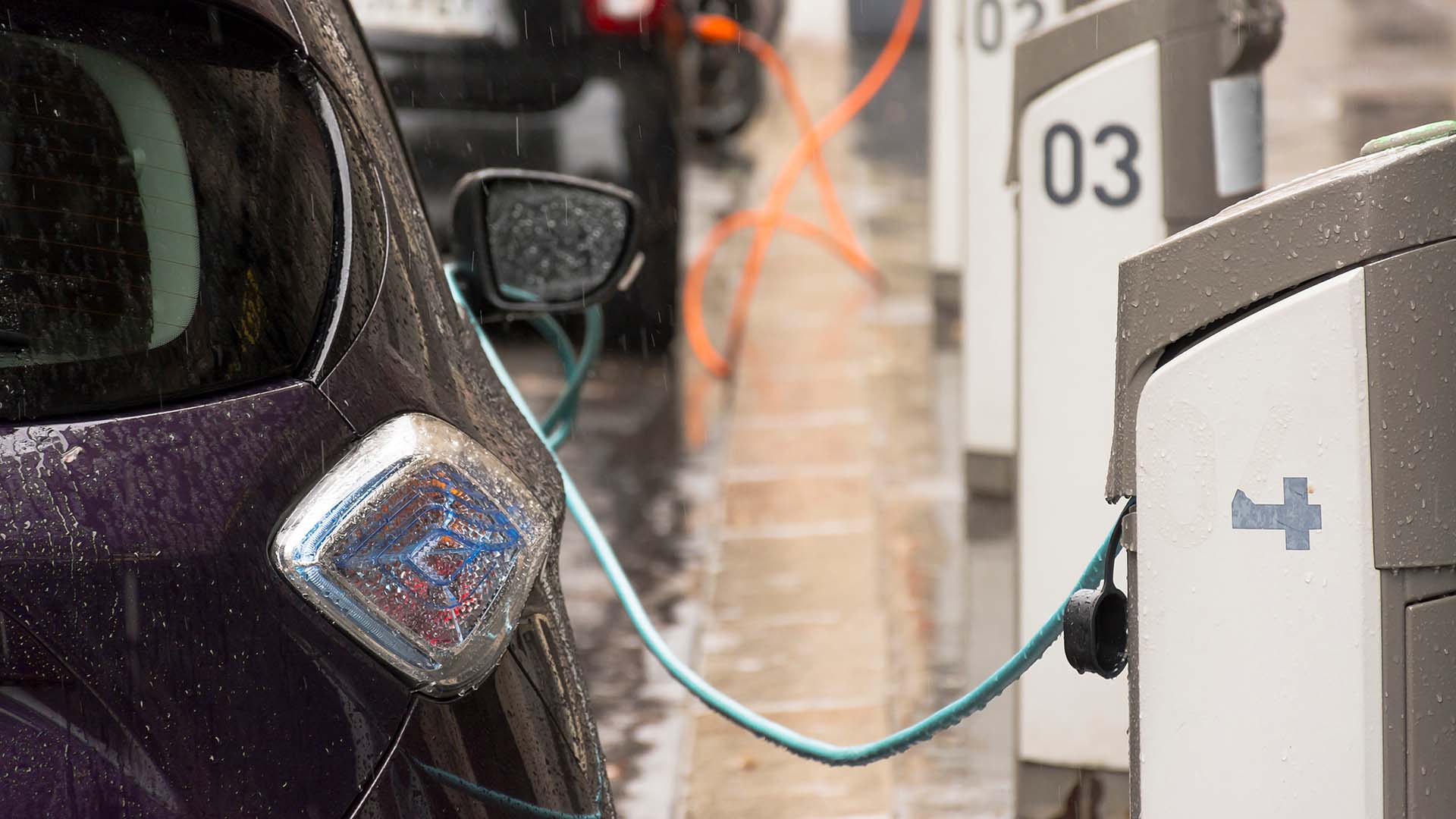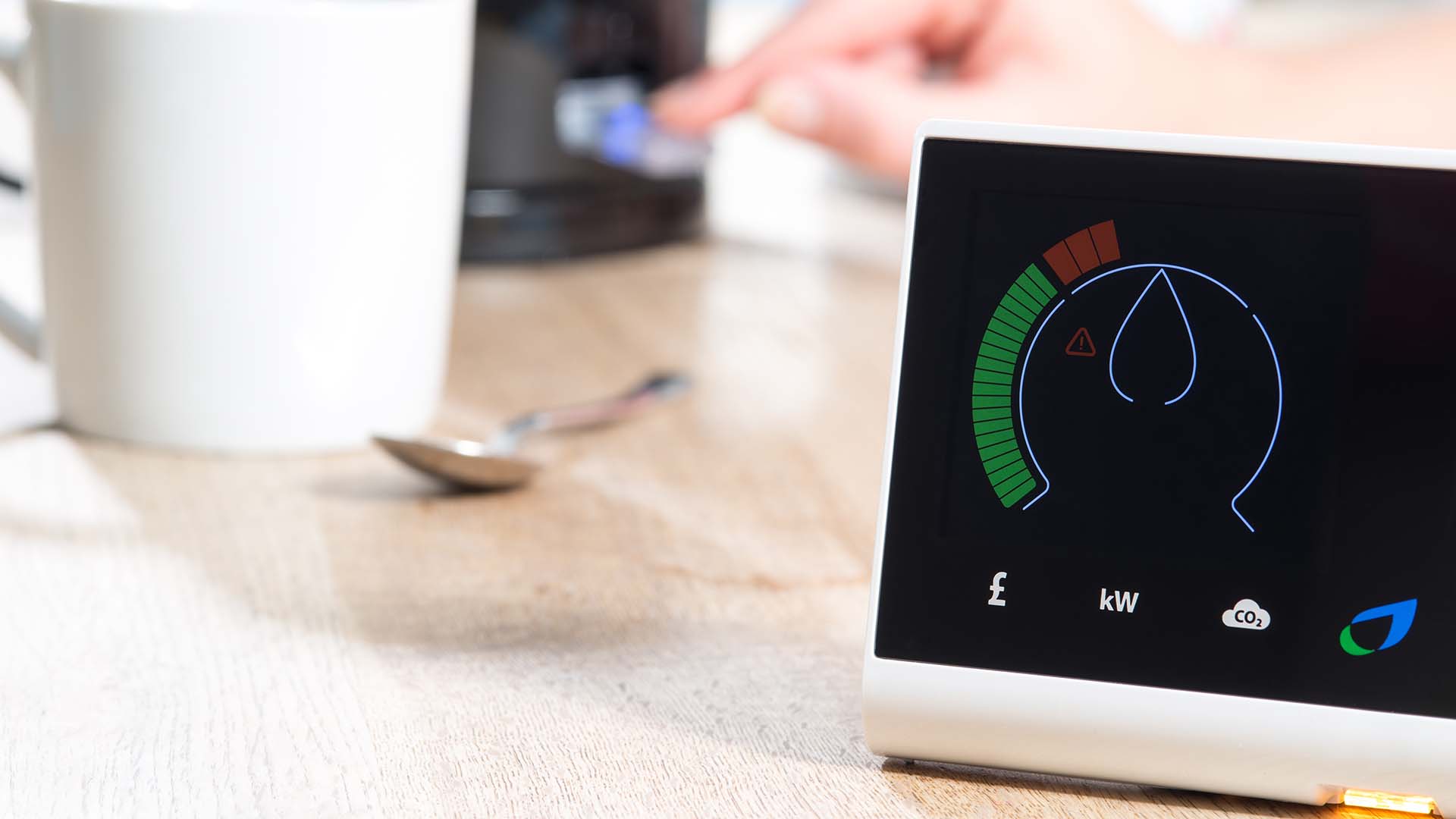If you want a used electric car, there has never been a better time to buy one. The vast increase in sales seen in recent years means there is now a huge selection of second-hand EVs to choose from.
At the time of writing, there are around 13,600 electric cars for sale on Auto Trader, with prices starting from around £3,000. So, what are the downsides of opting for a used EV rather than a new one?
Reduced electric range
An electric car’s battery will typically lose around two percent of its capacity every year. This might not seem like much, but after a decade it could be the equivalent of 30 miles of range, depending on the car in question.
Although battery packs can be refurbished – or replaced at great expense – you’ll have to factor this into the cost of the car. It may be that upgrading to a newer EV makes financial sense.
Old technology
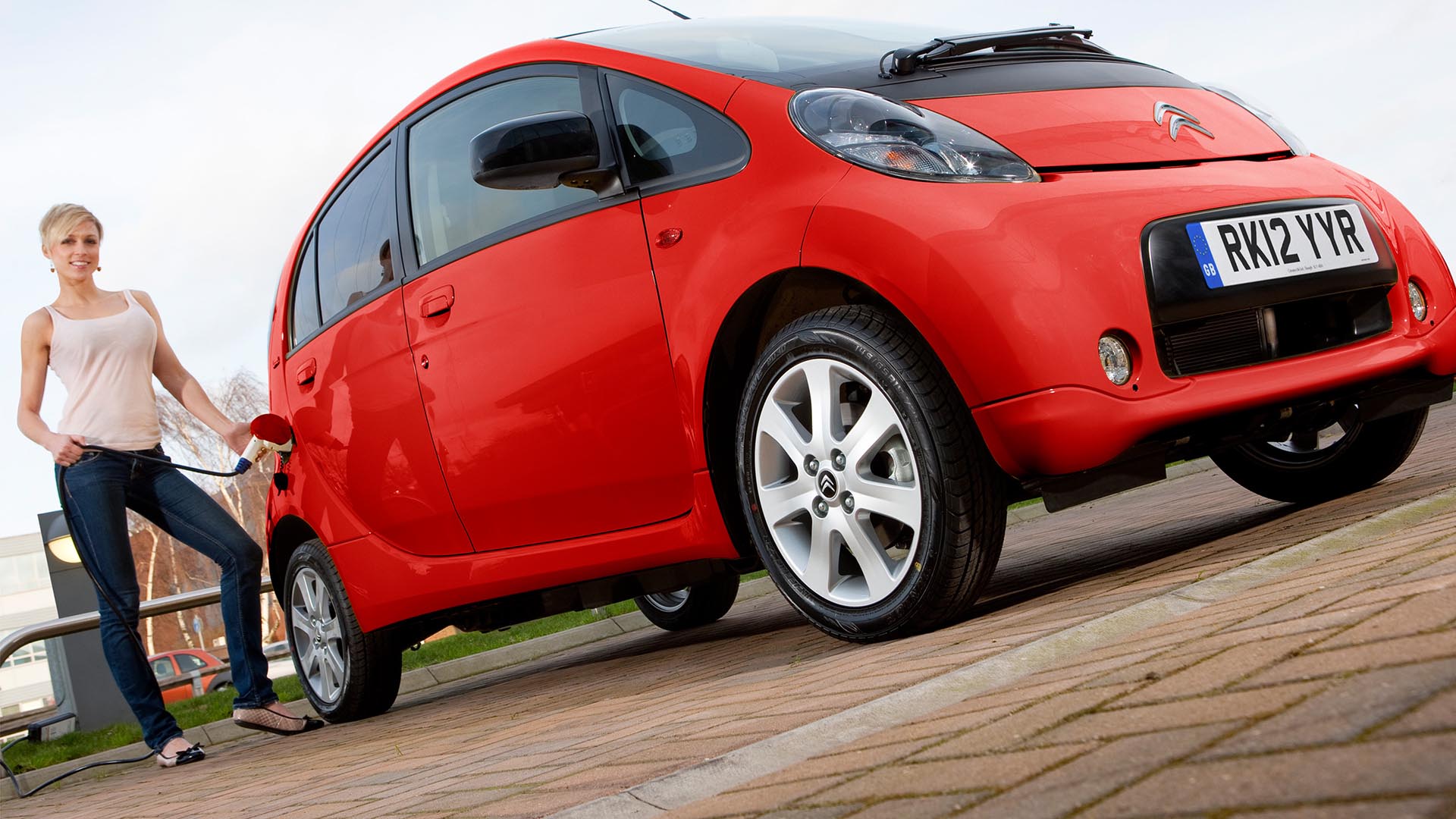
Even without taking diminished battery performance into account, a new electric car is likely to offer more miles per charge. At the bottom end of the market, you’re looking at the likes of the Mitsubishi i-MIEV, Citroen C-Zero and Peugeot Ion – cars that could only muster around 93 miles of range when new.
Meanwhile the Nissan Leaf – which accounts for nearly 10 percent of all electric cars for sale on Auto Trader – offers anything between 109 and 239 miles of range, depending on the age and specification of the car.
Today, the £37,295 Kia Niro EV offers an official range of 285 miles. Although you might not achieve this figure in everyday use, it shows how far the technology has improved. A range of between 200 and 300 miles has become the norm.
It’s not just the battery pack, either. Manufacturers have also developed and improved the electric motors, cooling, charging, connectivity and driving experience. This means an older electric car will feel its age more than a conventional petrol or diesel vehicle.
Heavy depreciation
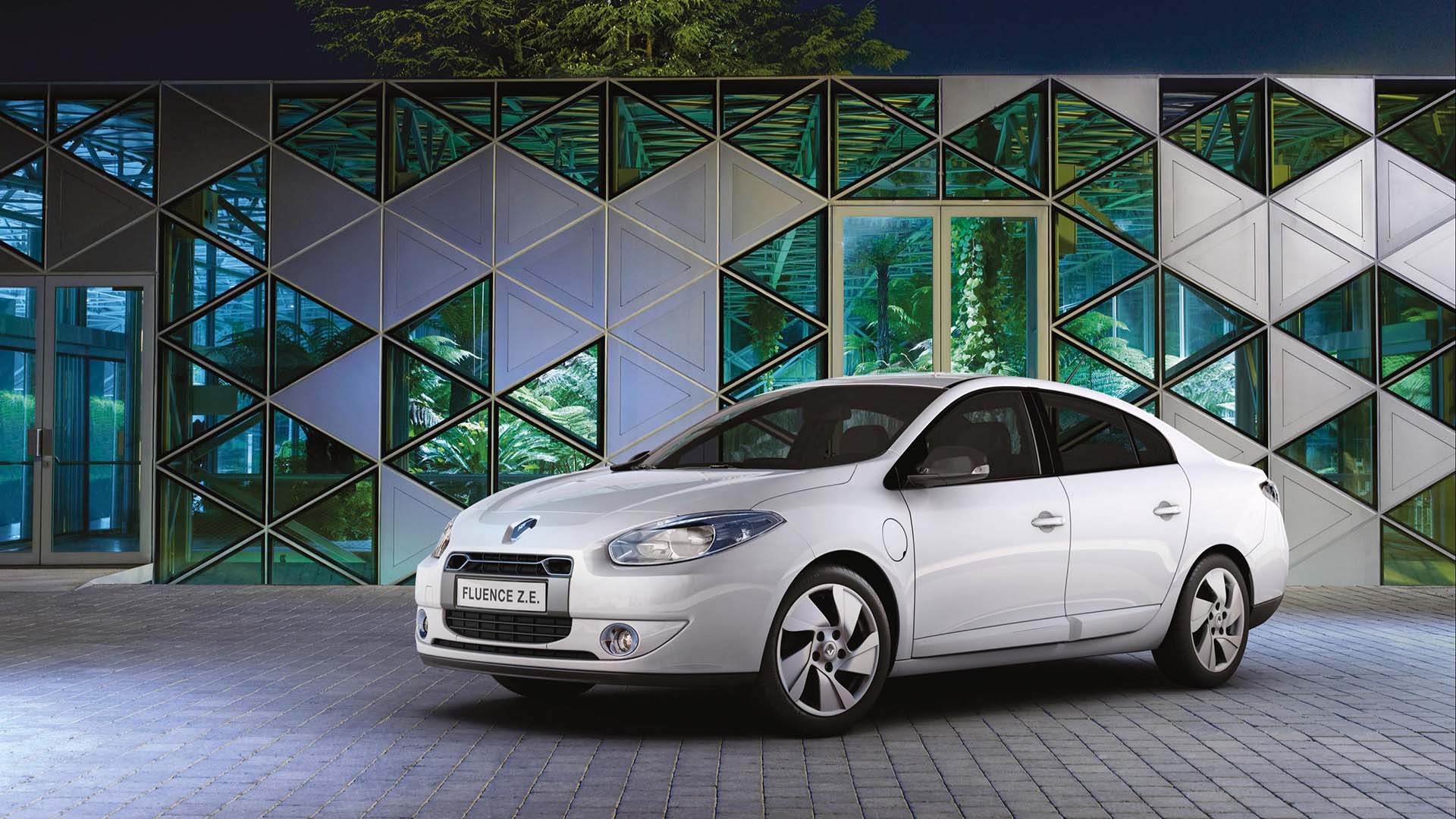
New cars start to lose money the moment you drive away from the showroom. Depreciation is particularly heavy in the first year, but any car will continue to shed value until the point at which it becomes a classic – which could be a long way off.
Great news if you’re in the market for a used electric car, then? Not necessarily, because unless you’re buying a really old EV at the bottom end of the market, the car’s value could continue to drop at an alarming rate.
There are a couple of caveats. First, the depreciation curve is steepest in the first three years, so there are lower risks associated with buying an EV from this point onwards.
Second, depreciation affects all new cars, so it would be wrong to single out electric vehicles. Besides, as electric cars grow in popularity – and the decline of petrol and diesel continues – the rate at which they lose their value could start to slow.
Are the batteries included?
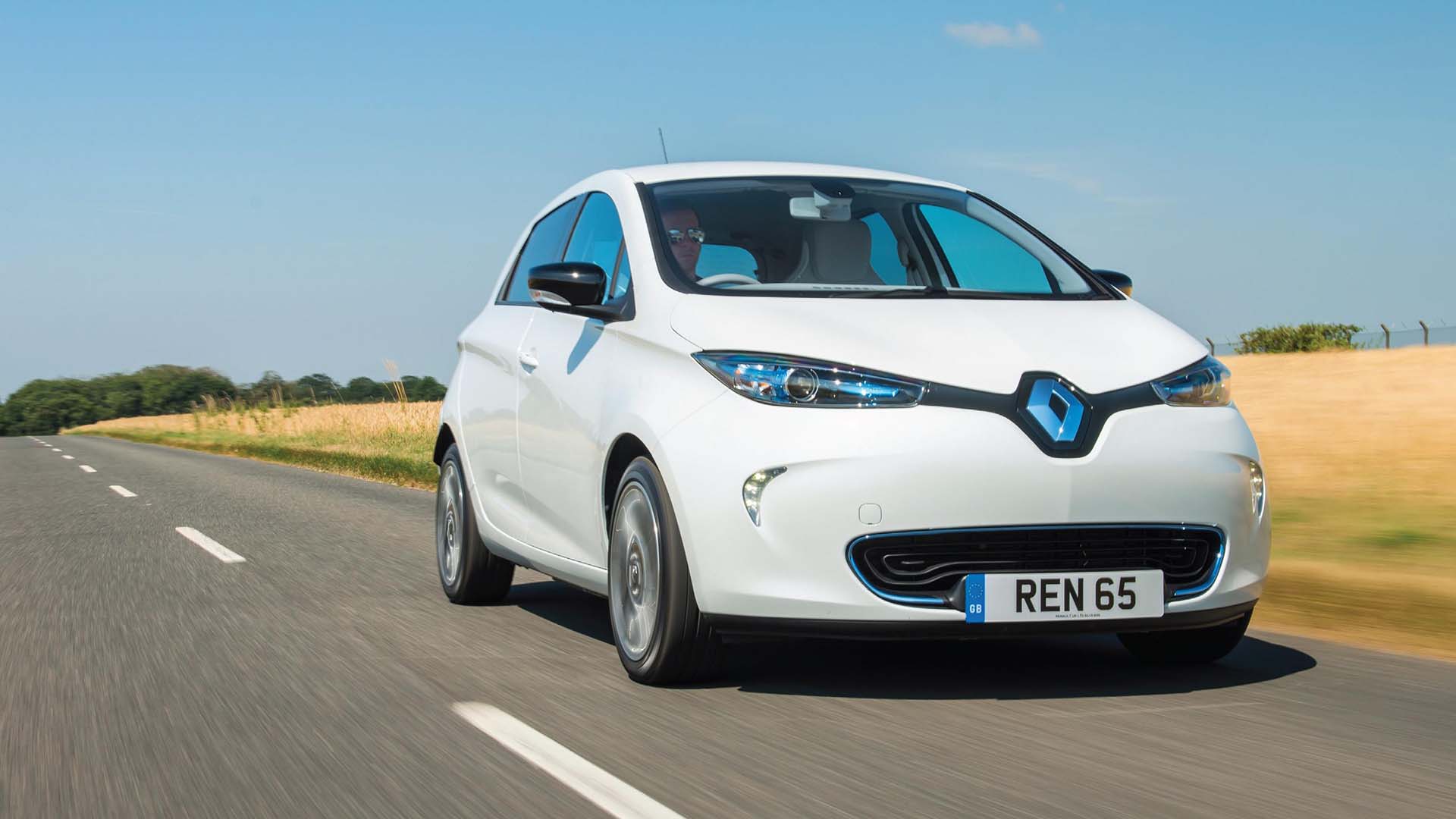
This is something to be wary of when buying an early electric car. Some models, most notably the Renault Zoe and Nissan Leaf, were sold without the battery pack included in the price of the car.
Instead, the original owner selected to lease the battery from the manufacturer, with the price varying according to the length of the agreement and the number of miles covered within a 12-month period.
Nissan and Renault have abandoned the leasing model, but many older examples of the Leaf and Zoe are available without the battery pack included. Indeed, battery leasing accounted for 60 percent of all Renault Zoe sales from 2014 to 2019.
Go Green Autos offers battery rentals for the Zoe 22kWh from £49 a month for 4,500 miles a year, to £99 a year for upwards of 12,000 miles. Costs for the Nissan Leaf range from £70 to £129 a month.
It’s worth noting that electric cars with the cost of a battery pack included tend to be around £5,000 more expensive than those without. Do some sums – it could work out cheaper for you to lease the batteries. And you won’t have to worry about diminishing performance, of course.
No new-car warranty
The length of warranty varies depending on the make, model and age of the vehicle. Many of the premium brands offer three years or 60,000 miles, but a new Kia is covered for seven years or 100,000 miles. Regardless of the age of the car, you’ll enjoy less time before the battery and vehicle warranty expire. And in the case of some older cars, the warranty may have run out.
New electric cars also used to benefit from the government’s plug-in car grant, which reduced the cost of buying one. However, this has now been abandoned.
Worn components
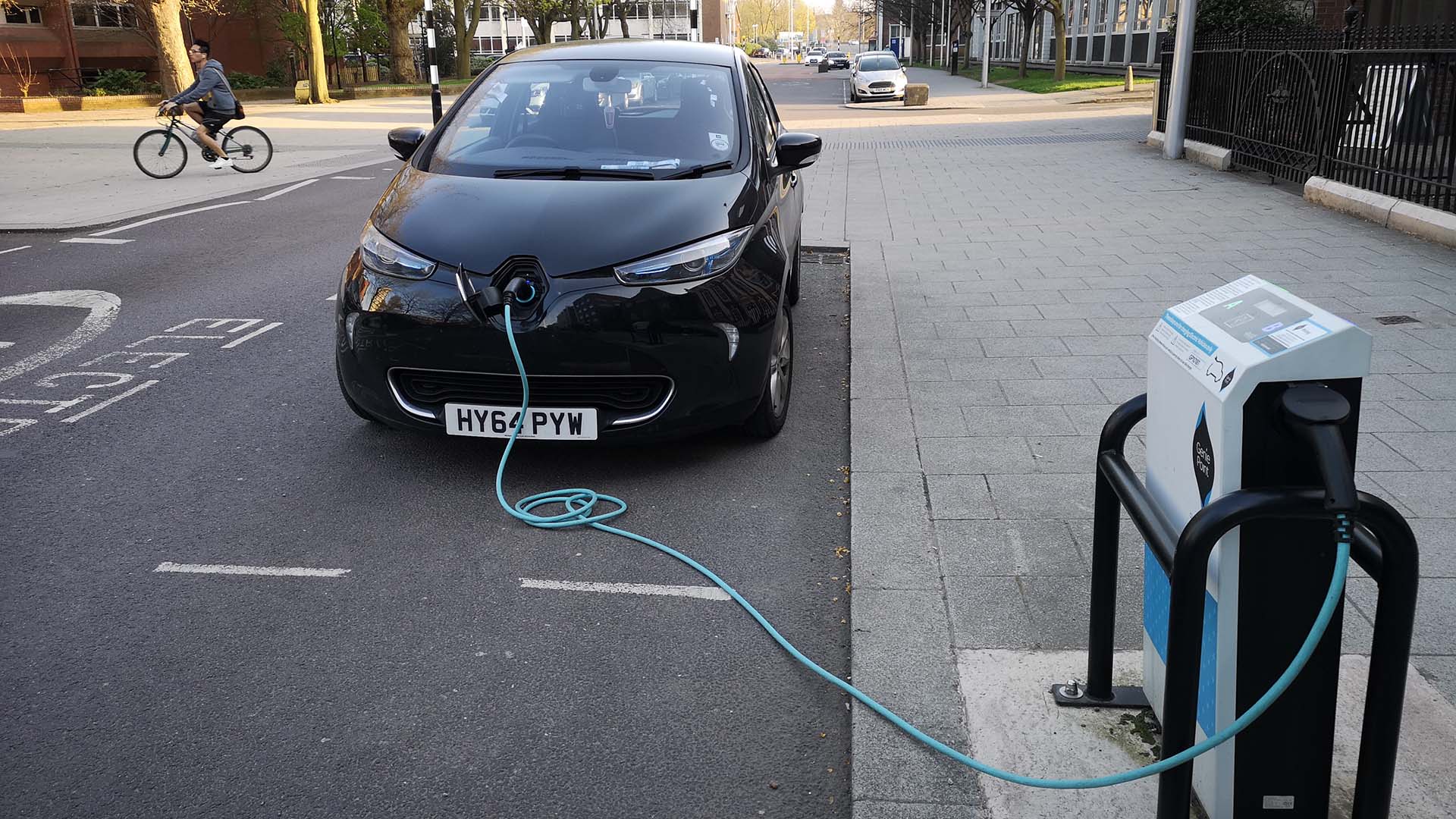
Although an electric car has fewer moving parts, the weight of the battery pack puts a strain on the suspension, steering, brakes and tyres. All these need to be examined when viewing a used electric car – and are unlikely to be covered by a warranty.
Aside from the above, the usual considerations apply. Do you have access to a charger at home? Can you live with the official range (likely to be 30 percent lower in real-world driving, even with a brand new EV – and lower still in cold weather)? And perhaps most importantly, can you afford the monthly payments?
If the answer to these questions is ‘yes’ – and you’ve taken our advice into account – there should be nothing to worry about when buying a used electric car.
ALSO READ:
What are green number plates and which cars can use them?



